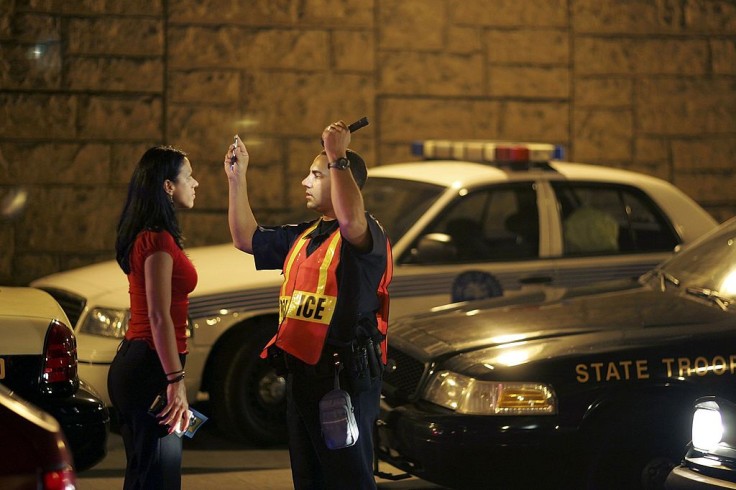
In a monumental move toward fortifying road safety, the National Highway Traffic Safety Administration (NHTSA) has set in motion the process to establish a new federal safety standard, proposing the mandatory integration of advanced anti-drunk driving technology in all new passenger vehicles.
This groundbreaking proposition mirrors the inclusion of such devices in the Bipartisan Infrastructure Law enacted by Congress in 2021.
Proposing a Federal Standard for Advanced Tech
The NHTSA's recent announcement represents a significant leap forward in the ongoing battle against drunk driving.nThe proposed federal safety standard, championed by the NHTSA, aims to leverage cutting-edge technology seamlessly into the automotive landscape to detect and prevent impaired driving.
This visionary approach is not just a regulatory maneuver; it's a proactive strategy to curtail the devastating consequences of nearly 13,400 lives lost in drunk driving crashes in 2021, amounting to a staggering societal cost of $280 billion.
As part of the regulatory process, the NHTSA has issued an advance notice of proposed rulemaking, emphasizing the urgent need to establish robust standards for anti-drunk driving devices.
The envisioned technology seeks to transcend conventional methods, introducing advanced sensors and systems capable of reliably detecting signs of impairment, ensuring a higher degree of accuracy and efficiency in preventing potential accidents.
Driving Innovation: NHTSA and Advanced Tech
In a collaborative effort between NHTSA and automakers, the Driver Alcohol Detection System for Safety initiative stands at the forefront of researching innovative solutions.
The collective focus extends beyond traditional breath-alcohol testing, exploring state-of-the-art light technology that can detect blood alcohol levels without the need for intrusive methods.
This pioneering research signifies a commitment to developing a diverse range of tools that can be seamlessly integrated into vehicles, making the prevention of impaired driving incidents a standardized feature.
Moreover, the proposed federal standard ensures a streamlined approach to technological advancements. It envisions a future where vehicles not only adhere to current safety standards but also incorporate the latest anti-drunk driving technology. This commitment from both regulatory bodies and the automotive industry signifies a holistic approach to road safety.
Urgency of Change: NHTSA Proposes Immediate Action
Despite existing laws against drunk driving, alarming statistics persist, prompting the NHTSA's proactive stance.
An average of 10,850 people per year lost their lives in drunk-driving crashes over the past decade, underlining the urgency of implementing advanced anti-drunk driving technology.
The Alliance for Automotive Innovation, echoing the sentiment, asserts its commitment to enhancing vehicle safety.
This urgency is further emphasized as NHTSA and law enforcement agencies jointly announced their annual "Drive Sober or Get Pulled Over" enforcement campaign for the holiday season, running from Dec. 13 to Jan. 1.
This initiative serves as a stark reminder of the immediate need to address the issue of impaired driving, especially during times when alcohol-related incidents tend to spike.
NHTSA's proposal for a federal standard for advanced anti-drunk driving technology signifies a pivotal moment in prioritizing road safety.
As the regulatory process unfolds, the vision is clear - leveraging advanced technology to create a safer driving environment and ultimately save lives on the nation's roads.
The road to implementation may be lengthy, but the potential impact on reducing drunk driving incidents is immeasurable.
Related Article: 10 Teens Face Charges in Washington's Growing Carjacking Menace